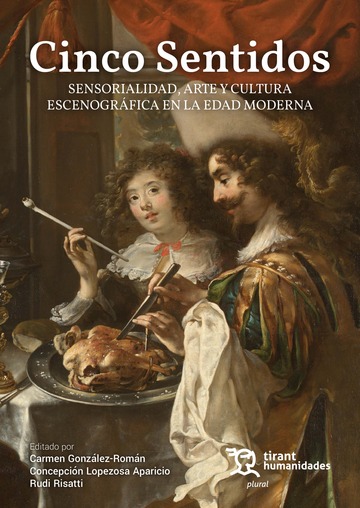
Cristina Fernandes, integrated researcher at INET-md and coordinator of its research group Historical and Cultural Studies in Music, authors the chapter “Architecture, scenographic culture and musical practices in the 18th century: Lisbon churches as sensory spaces”, included in the bilingual book Five Senses. Sensoriality, Art and Scenographic Culture in The Early Modern Period (Tirant Lo Blanch, 2025), coedited by Carmen González-Román, Concepción Lopezosa Aparicio and Rudi Risatti, also available in open access.
Abstract:
During the 18th century, religious ceremonies in the Royal and Patriarchal Chapel and in other churches of Lisbon were described by foreign travellers as splendorous Baroque spectacles, marked by the theatralization of liturgy, lavish decorations and imposing musical performances. Based on reports of foreign travellers and other documentary sources, this essay proposes a series of insights at some Lisbon churches as sensory and performative spaces during the 18th century, analysing in an complementary way aspects related to architectural configuration and scenographic culture and their implications for ceremonial performance, ritual sonorities and musical practices. It demonstrates how the sense of hearing assumed a fundamental role in religious manifestations and in the symbolic expression of royal power and how the musical aesthetics of rituals changed over time and often established a close dialogue with the visual arts and the other senses. In addition to the different headquarters of the Royal Chapels and the Patriarchal Church, the study will focus on other important Lisbon churches such as the Igreja de São Roque, the Bemposta Royal Chapel, the Basílica dos Mártires (headquarters of the Brotherhood of St. Cecilia, patroness of musicians) and other venues.
